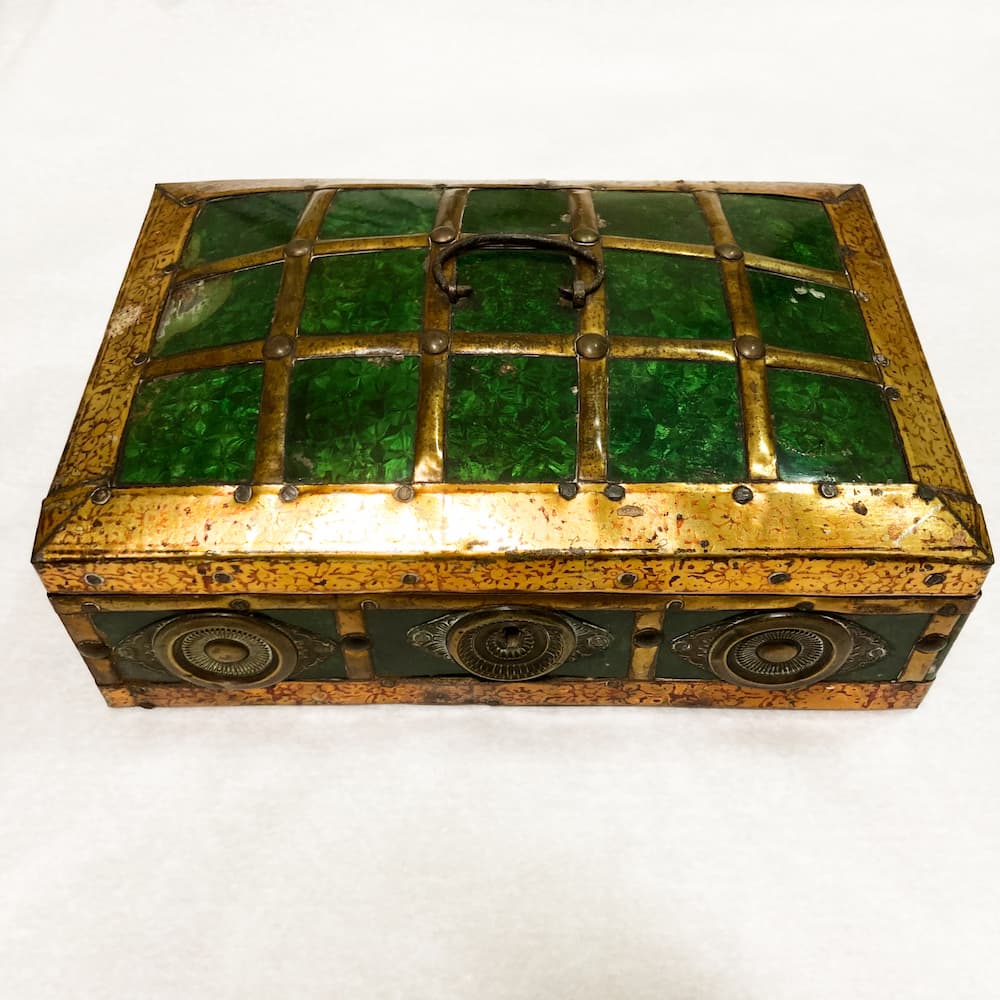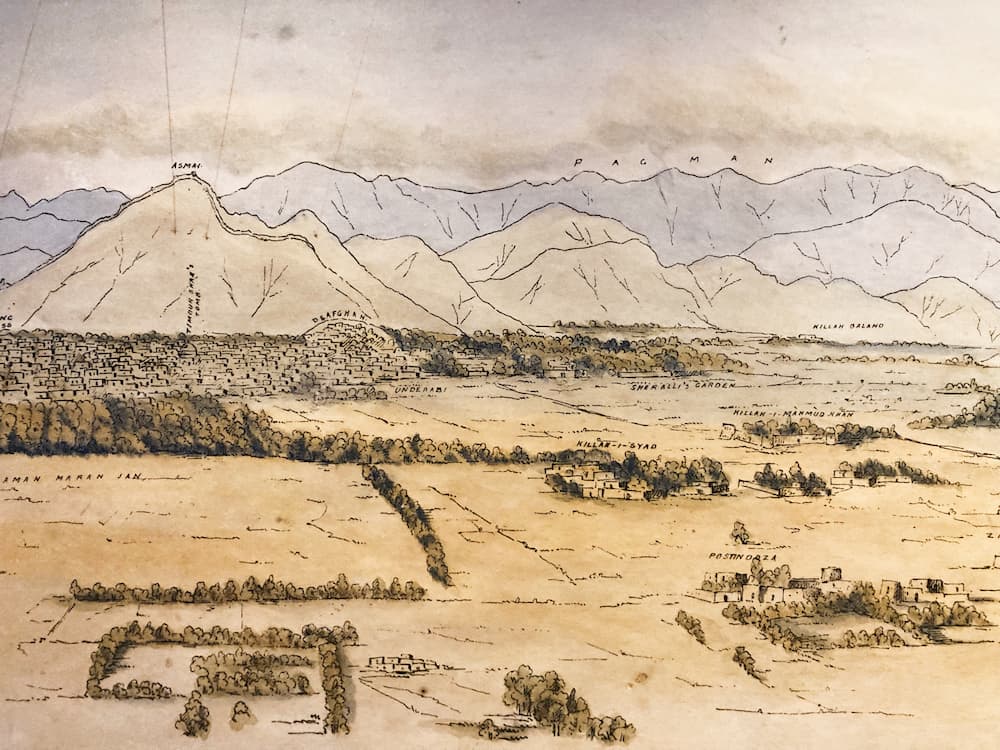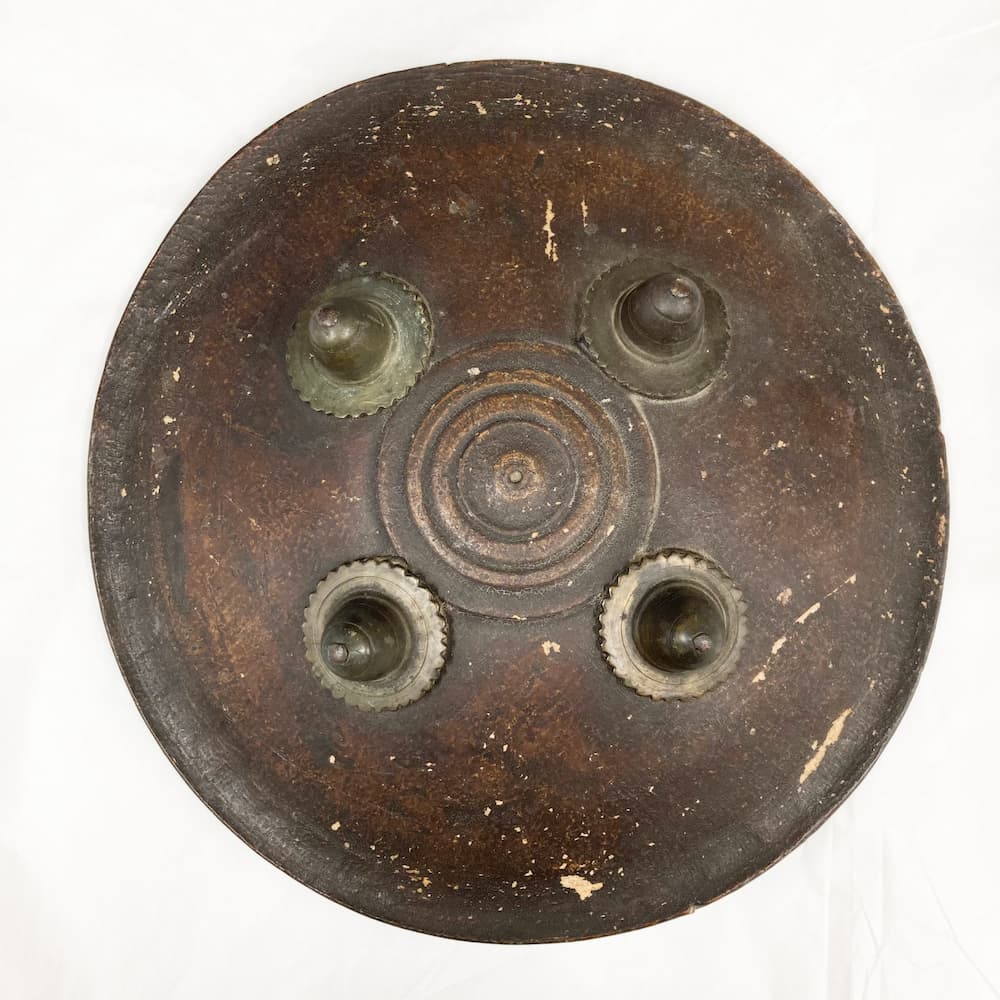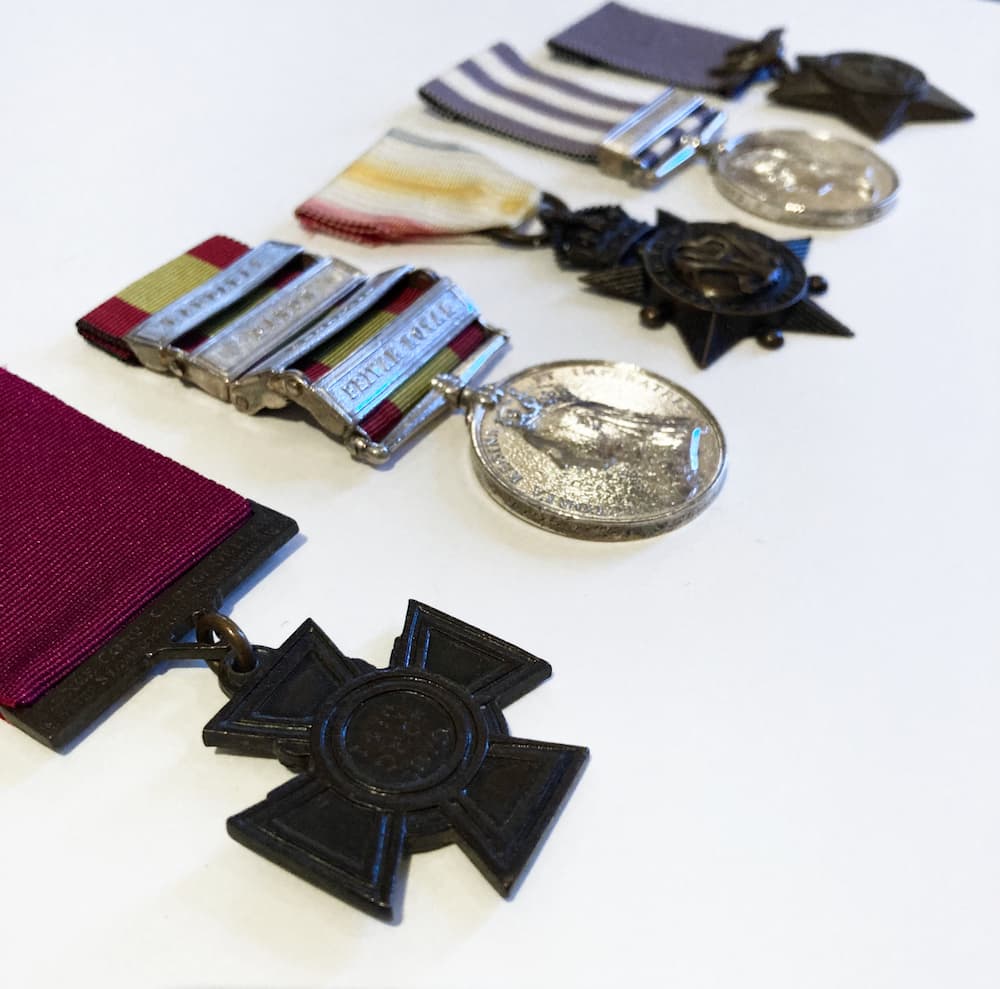The Second Anglo-Afghan War
(1878–1880)
What was the Second Anglo-Afghan War?
In 1875, Russia was once again trying to expand its empire, this time moving south to Afghanistan. Like the Crimean War, this conflict was part of the Great Game that saw tension and conflict between Britain, Russia, Afghanistan, and neighbouring central Asian countries for most of the nineteenth century.
Unsettled by the rapidly growing Russian Empire, the British were keen to suppress further expansion. As Pakistan was still part of India (until 1947), Afghanistan was also the frontier that stopped Russia from directly bordering British-controlled India.
British presence in India meant they were well prepared to intervene in Afghanistan at short notice. With the intention to set up a Mission in Kabul (by force if necessary) to dissuade the Russians from further advance, the Second Anglo-Afghan War commenced in November 1878.
The Khyber Pass
After a promising start, the British Mission was turned back at the eastern end of the Khyber Pass, and the decision was taken to replace Afghan Emir Sher Ali. Sher Ali appealed to Russia for assistance, but the Tsar merely advised the Afghans to seek a treaty.
The first conflict, involving 40,000 British troops (mostly made up of Indians), was to seize Kandahar and secure the Khyber Pass. This led to the successful capture of the Peiwar Kotal pass, allowing the British access to Kabul.
An Uncertain Peace
With the British Army en route to Kabul, it quickly became apparent that the Afghan military would be unable to offer resistance. So, the Treaty of Gandamak was signed in May 1879, allowing a British Mission in Kabul. However, three months after the treaty had been signed, on 3rd September 1879, 200 members of the British Mission (including Major Sir Louis Cavagnari) were slaughtered by the dissatisfied supporters of the new Emir Mohammad Yaqub Khan (Sher Ali had been forced to flee upon siging the treaty). On the same day, the Second Anglo-Afghan War resumed.
The Battle of Charasiah (Charasiab) ensued on the 6th of October 1879. Despite the uprising of 10,000 Afghans, the British occupation of Kabul prevailed. In July 1880, the British were defeated at the Battle of Maiwand. In response, the British marched from Kabul to Kandahar, and brought the Afghan uprising to an end on the 1st of September 1880.
Afghan shield
This style of Afghan shield, made of wood and leather, would have been used throughout the Second Anglo-Afghan War. However, this particular example was collected during the Third Afghan War, 1880-81 (this war ensured when Afghanistan invaded British India as a result of mounting tensions and wars throughout the nineteenth century).
the highlanders
The 72nd Highlanders were stationed in India from 1871 in garrisons throughout modern day Pakistan; due to their strategic position, the regiment were involved in the war from the offset. Lance Corporal George Sellar of the 72nd was awarded a Victoria Cross on the 14th of December 1879:
“For conspicuous gallantry displayed by him at the assault on the Asmai Heights, round Kabul… in having in a marked manner led the attack, under a heavy fire, and, dashing on in front of the party up the slope, engaged in a desperate conflict with an Afghan who sprang out to meet him. In this encounter Lance-Corporal Sellar was severely wounded”.
The 72nd were awarded the following Battle Honours: Piewar Kotal, Charasiah, Kabul 1899, Kandahar 1880, and Afghanistan 1878-1880.
The 78th Highlanders (Ross-shire Buffs) also fought in the Second Anglo-Afghan War. Moving from India to Afghanistan in 1879, they fought in the Battle of Kandahar earning the Battle Honour: Afghanistan 1879 – 1880.




